Understanding Secant Angles: A Guide to Their Types
Secants, lines that intersect circles at two distinct points, have long played an integral role in geometry. These lines, when combined with circles, give rise to angles that are both interesting and vital for numerous geometric proofs. The dance between secants, tangents, and circles opens a door to a myriad of properties and theorems. Ready to step through? Let’s begin our exploration of secant angles and their types.
[include_netrun_products_block from-products="product/tsi-math-exercise-book-a-comprehensive-workbook/" product-list-class="bundle-products float-left" product-item-class="float-left" product-item-image-container-class="p-0 float-left" product-item-image-container-size="col-2" product-item-image-container-custom-style="" product-item-container-size="" product-item-add-to-cart-class="btn-accent btn-purchase-ajax" product-item-button-custom-url="{url}/?ajax-add-to-cart={id}" product-item-button-custom-url-if-not-salable="{productUrl} product-item-container-class="" product-item-element-order="image,title,purchase,price" product-item-title-size="" product-item-title-wrapper-size="col-10" product-item-title-tag="h3" product-item-title-class="mt-0" product-item-title-wrapper-class="float-left pr-0" product-item-price-size="" product-item-purchase-size="" product-item-purchase-wrapper-size="" product-item-price-wrapper-class="pr-0 float-left" product-item-price-wrapper-size="col-10" product-item-read-more-text="" product-item-add-to-cart-text="" product-item-add-to-cart-custom-attribute="title='Purchase this book with single click'" product-item-thumbnail-size="290-380" show-details="false" show-excerpt="false" paginate="false" lazy-load="true"]

Step-by-step Guide: Secant Angles and Their Types
Definition of a Secant:
A secant is a line that intersects a circle at two distinct points. When a secant segment is drawn from a point outside the circle, the part of the segment that lies outside the circle is often termed the “external segment,” while the part within the circle is the “internal segment.”
Types of Secant Angles:
- Angle Formed by Two Secants: An angle is formed at an external point by two secant lines intersecting outside the circle. The measure of this angle is half the difference of the measures of the intercepted arcs.
- Angle Formed by a Secant and a Tangent: When a secant and tangent line meet at an external point, the measure of the angle they form is half the measure of its intercepted arc.
- Angle Formed by Two Intersecting Chords: When two secants (in the form of chords) intersect inside a circle, the angle between them is half the sum of the measures of their intercepted arcs.
Properties of Secant Angles:
- Secant-Secant Power Theorem: For two secants drawn from an external point, the product of the lengths of one secant and its external segment equals the product of the lengths of the other secant and its external segment.
- Secant-Tangent Power Theorem: For a tangent and a secant drawn from a common external point, the square of the length of the tangent is equal to the product of the length of the secant and its external segment.
Examples
Example 1:
Two secants, \( AC \) and \( AB \), are drawn to a circle from an external point \( A \). If the intercepted arcs are \( 80^\circ \) and \( 140^\circ \) respectively, find the measure of angle \( CAB \).
Solution:
Using the formula for the angle formed by two secants:
\( \text{Angle} = \frac{\text{difference of intercepted arcs}}{2} \)
\( \angle CAB = \frac{140^\circ – 80^\circ}{2} = \frac{60^\circ}{2} = 30^\circ \)
Example 2:
A secant \( AB \) and a tangent \( AC \) meet outside the circle at point \( A \). If the intercepted arc by \( AB \) is \( 100^\circ \), determine the measure of angle \( CAA’ \).
Solution:
Using the formula for the angle formed by a secant and a tangent:
\( \text{Angle} = \frac{\text{intercepted arc}}{2} \)
\( \angle CAA’ = \frac{100^\circ}{2} = 50^\circ \)
Practice Questions:
- Two secants meet outside a circle forming an angle of \( 50^\circ \). If one intercepted arc measures \( 120^\circ \), what’s the measure of the other intercepted arc?
- A secant and a tangent meet outside a circle forming an angle of \( 40^\circ \). Determine the measure of the intercepted arc by the secant.
- Two chords intersect inside a circle forming an angle of \( 35^\circ \). If one of the intercepted arcs measures \( 50^\circ \), determine the measure of the other intercepted arc.
Answers:
- \( 180^\circ \)
- \( 80^\circ \)
- \( 40^\circ \)
Related to This Article
More math articles
- The Ultimate 7th Grade Scantron Math Course (+FREE Worksheets)
- SAT Math Formulas
- How is the CHSPE Test Scored?
- Algebra Puzzle – Challenge 50
- Number Properties Puzzle – Challenge 4
- How to Find Elapsed Time?
- The Ultimate ACT Math Course (+FREE Worksheets & Tests)
- How to Interpret Remainders of Division Bigger Numbers Via One-digit Numbers
- How to Choose the Best Backup Software Solution for School Districts?
- Reversing Derivatives Made Easy: Power Rule of Integration


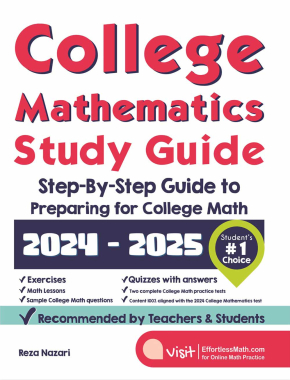
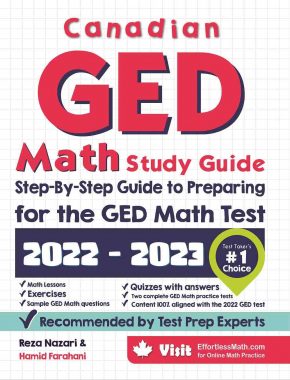


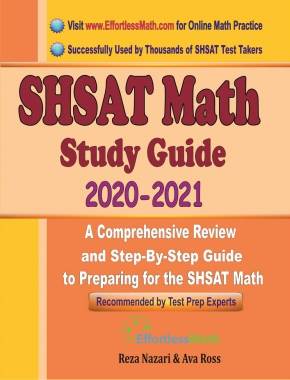
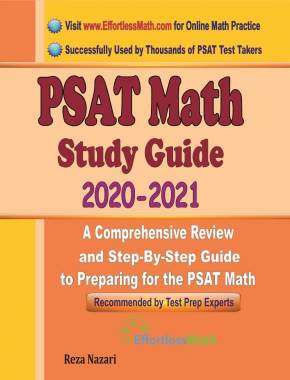
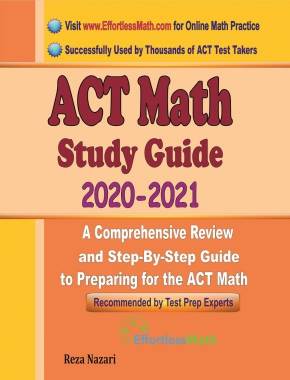
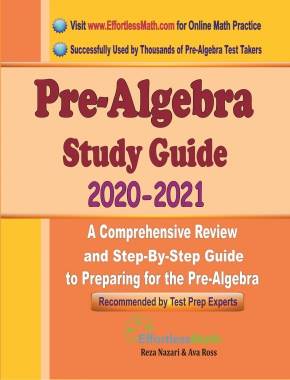
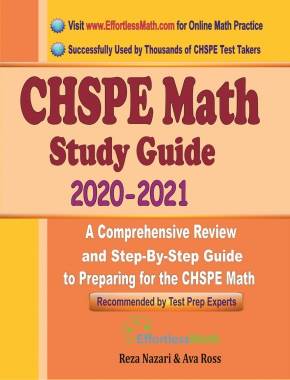
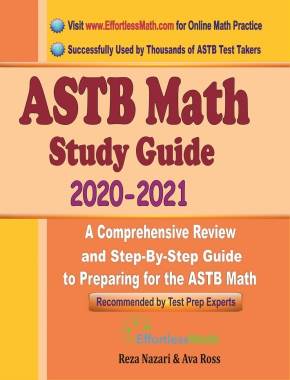
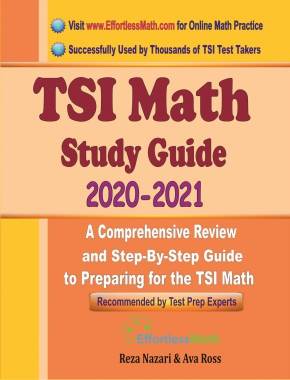
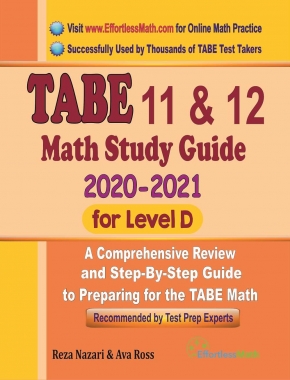
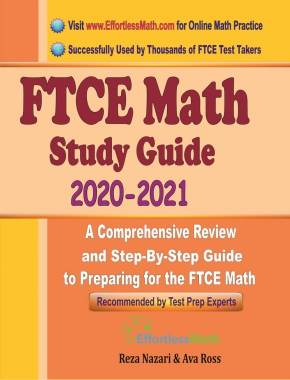

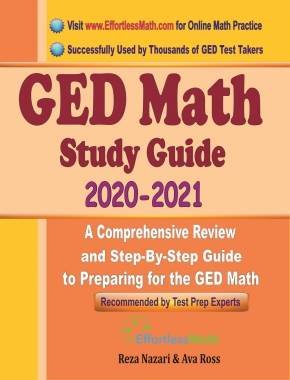





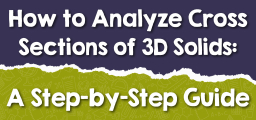




What people say about "Understanding Secant Angles: A Guide to Their Types - Effortless Math: We Help Students Learn to LOVE Mathematics"?
No one replied yet.